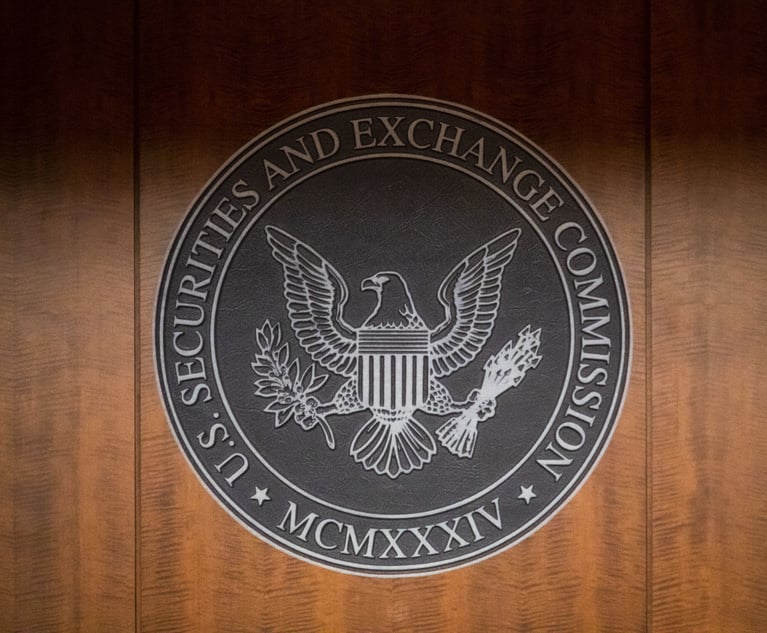Toward the end of last year, the markets were all aflutter with the news of initial public offerings and other capital-raising activity moving to European and Asian exchanges. The conventional wisdom: The companies were fleeing the excesses of Sarbanes-Oxley and good governance campaigns in the U.S.
But two new academic studies may give pause to those packing their bags and those who would invest in them. The reports by academics at Georgetown University, Cornell University and the World Bank conclude two things: Not only do U.S. companies have significantly better governance than their non-U.S. counterparts, but that better governance is being translated into overall better performance in equity markets.
In a paper entitled, "Do U.S. Firms Have the Best Corporate Governance?" Georgetown University professors Reena Aggarwal and Rohan Williamson and co-authors Isil Erel and Rene Stulz of Ohio State University examine the relationship between corporate governance and shareholder wealth in 23 developed nations. Working with the Global Governance Index–an index created by the academics consisting of 44 governance attributes–the researchers investigate how a foreign company's governance practices compare with an equivalent U.S. company and whether shareholders suffer or benefit when governance diverges from the U.S. governance practices. Aggarwal and company find that most non-U.S. companies had worse governance practices than their U.S. counterparts: only 8% out of 2,235 foreign companies outscore their U.S. counterparts.
The real news is that the market rewards those companies whose governance exceeds those of comparable U.S. companies. "Better governance is reflected in higher valuations," says Aggarwal. Topping the list of those attributes the market values most? Board and audit committee independence. At the bottom? Separation of board chairmanship and CEO functions. But it's not enough to simply mimic the U.S. governance standards: While the market does penalize those companies who have what the authors call a "negative governance gap," it really rewards those with a positive gap. "It's not asymmetrical: the positive gap is rewarded more than the drop that you have because of a negative gap," says Aggarwal. "If you're doing a lot better than the U.S. [in terms of governance], then the market really likes that."
Complete your profile to continue reading and get FREE access to Treasury & Risk, part of your ALM digital membership.
Your access to unlimited Treasury & Risk content isn’t changing.
Once you are an ALM digital member, you’ll receive:
- Critical Treasury & Risk information including in-depth analysis of treasury and finance best practices, case studies with corporate innovators, informative newsletters, educational webcasts and videos, and resources from industry leaders.
- Exclusive discounts on ALM and Treasury & Risk events.
- Access to other award-winning ALM websites including PropertyCasualty360.com and Law.com.
*May exclude premium content
Already have an account? Sign In
© 2024 ALM Global, LLC, All Rights Reserved. Request academic re-use from www.copyright.com. All other uses, submit a request to [email protected]. For more information visit Asset & Logo Licensing.







